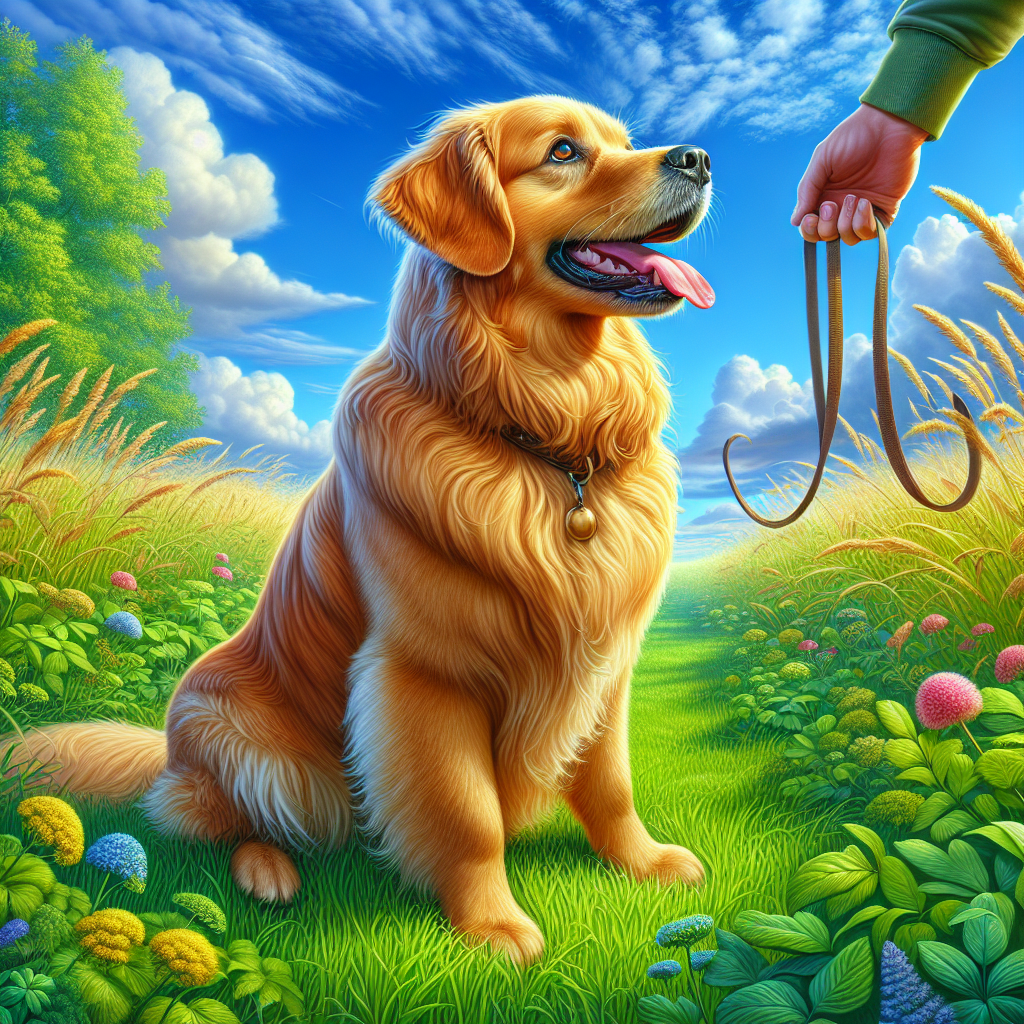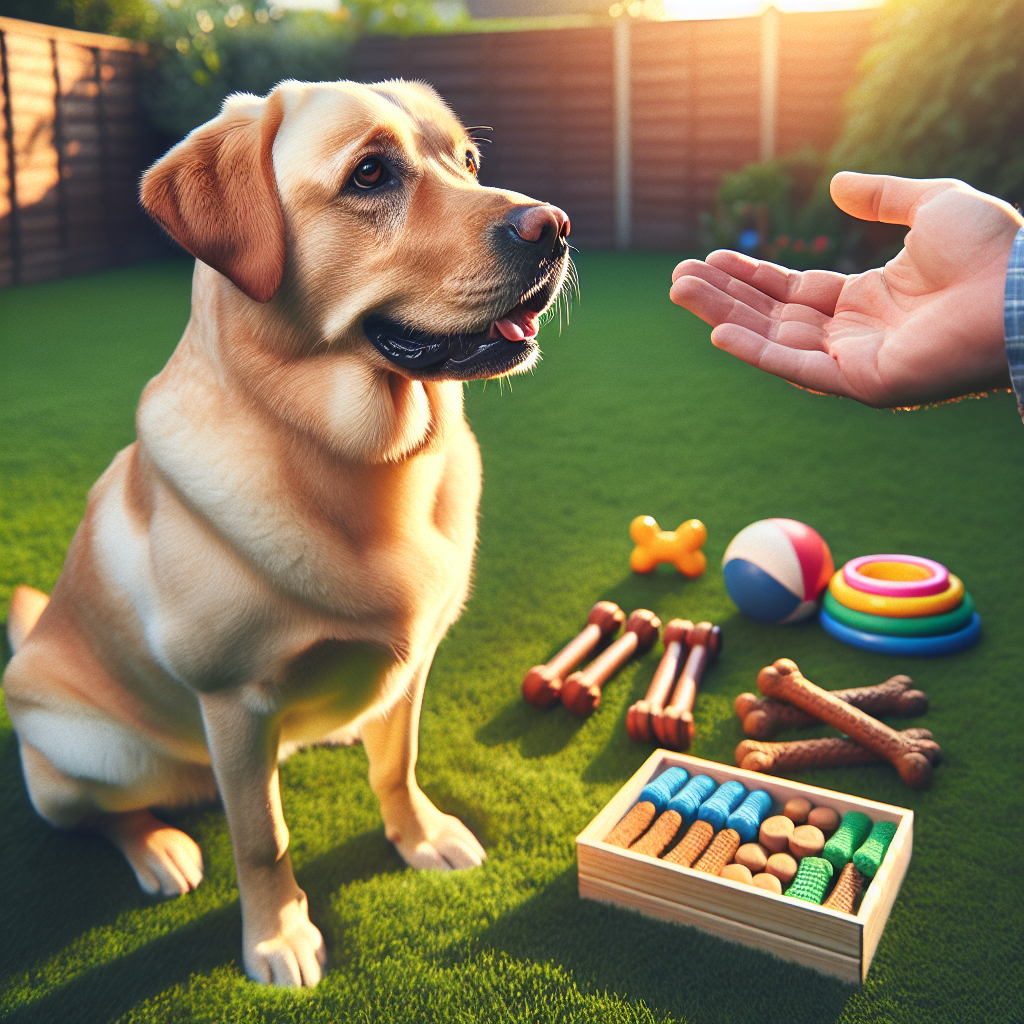How to Train Your Dog: Tips for Success!
Before embarking on the journey of how to train your dog, it's crucial to grasp the fundamental principles that underpin effective training. Successful dog training hinges on understanding your dog’s behavior, which is influenced by their breed, age, and temperament. Each dog has unique characteristics that can affect how they respond to commands and training techniques.
One of the core concepts of dog training is consistency. Dogs thrive on routine and clear expectations. This means using the same commands and cues every time you interact with your pet. Inconsistency can confuse them and hinder their learning process.
Another essential principle is positive reinforcement. This training method encourages desired behaviors through rewards, such as treats, praise, or playtime. By rewarding your furry friend for good behavior, you create a positive association that motivates them to repeat those actions.
Additionally, it’s important to start with basic commands like sit, stay, and come. These are the building blocks of more advanced training and help establish a strong communication foundation between you and your dog. Begin with short training sessions, gradually increasing the duration as your dog becomes more comfortable with the commands.
Treat your furry friend to the joy they deserve with our range of delicious and nutritious dog treats at Happypup.dog. These treats can enhance your training sessions and reinforce positive behavior!
Essential Commands Every Dog Should Know

Training your dog to respond to essential commands is a fundamental part of ensuring their safety and enhancing your bond. These commands not only help you communicate effectively with your dog but also contribute to good behavior in various situations. Let’s explore the key commands every dog should know:
- Sit: This is often the first command taught as it’s simple and establishes a foundation for further training. Teaching your dog to sit can help calm them and keep them in place.
- Stay: Once your dog has mastered sitting, the next step is teaching them to stay in that position until you give them a release command. This is crucial for their safety in various environments.
- Come: The recall command is essential for keeping your dog safe, especially in open spaces. Teaching your dog to come when called ensures you can manage them effectively and prevent them from wandering off.
- Down: This command is particularly useful for controlling your dog’s excitement. Teaching them to lie down can help them settle in various situations, whether at home or in public.
- Leave it: This command teaches your dog to ignore distractions or potentially harmful items. It's especially important for their safety when out on walks.
By integrating these essential commands into your training routine, you’ll not only enhance your dog’s behavior but also deepen the trust between you and your furry companion. Consistent practice, along with positive reinforcement, will ensure that these commands become second nature to your dog.
Importance of Positive Reinforcement Techniques
Positive reinforcement is a powerful training technique that focuses on rewarding desired behaviors rather than punishing undesired ones. This method is not only effective but also fosters a trusting and loving relationship between you and your dog. Here are some key points that highlight the importance of positive reinforcement techniques:
- Encourages Good Behavior: By rewarding your dog for good behavior, you reinforce the actions you want them to repeat. This can include giving treats, praise, or playtime whenever they respond correctly to commands.
- Builds Trust: Using positive reinforcement creates a safe and supportive learning environment. Your dog learns to associate training with positive experiences, which enhances their trust in you as their owner.
- Reduces Fear and Anxiety: Unlike punitive methods that can instill fear, positive reinforcement promotes confidence in your dog. This is particularly beneficial for shy or anxious dogs, making them more receptive to training.
- Promotes Engagement: Dogs are more likely to engage in training when they know they'll receive something enjoyable in return. This can lead to longer training sessions and more effective learning.
- Enhances Bonding: The act of rewarding your dog strengthens your bond. Sharing moments of joy and achievement during training makes the relationship more fulfilling for both of you.
Incorporating positive reinforcement techniques into your dog training routine will pave the way for a well-behaved and happy pup. This approach not only yields better results but also ensures that training remains a fun and enjoyable experience for your furry friend.
Creating a Consistent Training Schedule

Establishing a consistent training schedule is crucial for effective dog training. Dogs thrive on routine, and a well-structured training plan helps them understand what is expected of them. Here are several reasons why a consistent training schedule is essential:
- Reinforces Learning: Regular training sessions allow your dog to practice and reinforce the commands and skills they have learned. This repetition solidifies their understanding and helps them retain information more effectively.
- Builds Anticipation: When your dog knows what to expect and when to expect it, they become more engaged and eager to participate. A consistent schedule creates a sense of routine, making training a normal part of their day.
- Improves Focus: Consistency in timing and environment minimizes distractions. When training sessions occur in similar settings and at the same times, your dog can better concentrate on learning new commands without external interruptions.
- Establishes a Habit: Just like humans, dogs benefit from habits. By consistently training at the same time every day, your dog will start to associate specific times with training, making them more motivated and prepared to learn.
- Allows for Progress Tracking: A regular training schedule enables you to monitor your dog's progress over time. You can identify which commands they have mastered and which areas need additional focus, allowing for a more tailored training approach.
By creating a consistent training schedule, you set your dog up for success in their learning journey. This structured approach not only enhances their training experience but also fosters a deeper bond between you and your canine companion.
Common Mistakes in Dog Training to Avoid

Training your dog can be a rewarding experience, but it's crucial to avoid common pitfalls that can hinder your progress. Here are some frequent mistakes to be aware of:
- Inconsistency: One of the biggest mistakes is a lack of consistency in commands and expectations. If you vary your cues or responses, your dog may become confused and struggle to learn.
- Using Punishment: Resorting to punishment can lead to fear and anxiety in your dog. Instead of using negative reinforcement, focus on positive reinforcement techniques that encourage desired behaviors.
- Training for Too Long: Dogs have shorter attention spans than humans, and lengthy training sessions can lead to boredom. Keep training sessions short, ideally around 5-10 minutes, to maintain your dog’s interest and enthusiasm.
- Neglecting Socialization: Failing to socialize your dog can lead to behavioral issues. Exposing your dog to different environments, people, and other animals is essential for well-rounded behavior.
- Ignoring Body Language: Dogs communicate through body language, and ignoring their cues can lead to misunderstandings. Pay attention to your dog’s posture, tail position, and facial expressions to better understand their feelings.
- Skipping Basic Commands: Some owners may overlook the importance of teaching basic commands like “sit,” “stay,” and “come.” These foundational commands are crucial for ensuring safety and effective communication.
Avoiding these common training mistakes can significantly enhance your dog’s learning experience and strengthen your bond. Be patient, stay committed, and remember that training is a journey that requires dedication and understanding.
Tips for Overcoming Training Challenges

Training your dog can sometimes present challenges, but with the right strategies, you can overcome them effectively. Here are some valuable tips to help you navigate common training hurdles:
- Stay Calm and Patient: Dogs can sense your emotions, so maintaining a calm demeanor is crucial, especially when facing setbacks. Patience is key; remember that learning takes time.
- Break Down Commands: If your dog struggles with a particular command, break it down into smaller, manageable steps. Focus on one aspect at a time to help your dog grasp the concept better.
- Use High-Value Rewards: When motivation wanes, consider using high-value treats that your dog absolutely loves. This can reignite their enthusiasm for training and encourage them to focus.
- Change Your Environment: Sometimes, distractions in the training environment can hinder progress. Try training in a quieter area or at different times of the day to reduce interruptions.
- Seek Professional Help: If you find that challenges persist, don’t hesitate to consult a professional dog trainer. They can provide tailored advice and techniques suited to your dog’s specific needs.
By implementing these tips, you can navigate through training challenges with confidence. Remember, every dog is unique, and finding the right approach for your furry friend is vital. Treat your furry friend to the joy they deserve with our range of delicious and nutritious dog treats at Happypup.dog.






